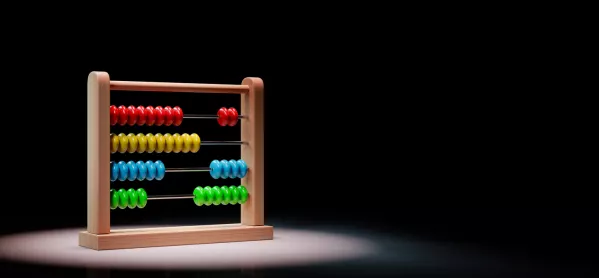Primary school attendance has risen for the third week in a row, the latest Department for Education data, published today, reveals.
Last Thursday 24 per cent of primary pupils were in school, up from 23 per cent the week before on 4 February, 22 per cent on 28 January and 21 per cent on 21 January.
This means that attendance was six times higher than during the first lockdown in March to May last year, when 4 per cent of pupils attended primary schools.
News: School attendance five times higher than in first lockdown
Related: Key worker pupils surge by 45,000 in a week
Coronavirus: Schools in ‘impossible’ position over key worker places
Attendance in secondary schools last week was lower than in primary schools: 5 per cent, a figure that has remained stable since 13 January. It was 1 per cent during the first lockdown.
In special schools, 35 per cent of pupils attended - compared with 8 per cent in the first lockdown.
Slight fall in the number of key worker children in school
The data also reveals that half of primary teachers and leaders, and 60 per cent of teaching assistants and other staff, were working on site in primaries last week.
In secondary schools, 23 per cent of teachers and leaders, and 38 per cent of TAs and other staff, were working on site.
The percentages of these staff working on site for special schools was 64 and 62 respectively.
Previous statistics released last week revealed that the number of critical workers’ children in school had surged by 45,000. But on 11 February the number of children of critical workers in school was 894,000, slightly down from 895,000 on 4 February.
